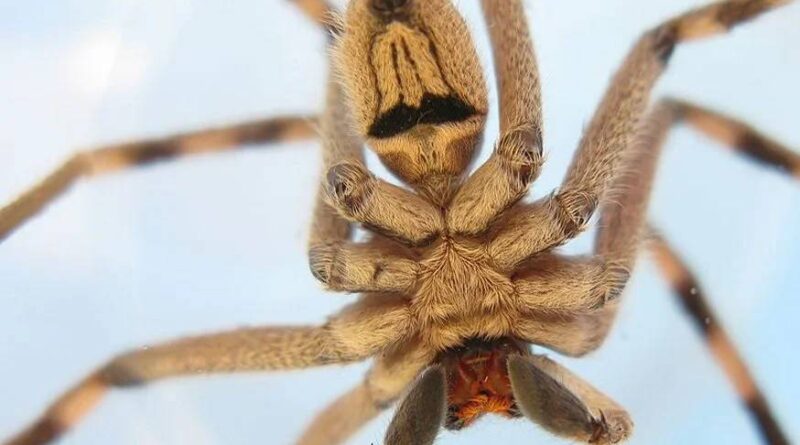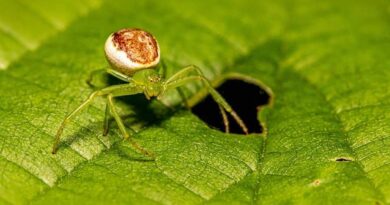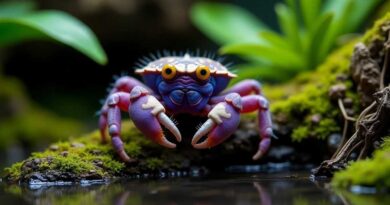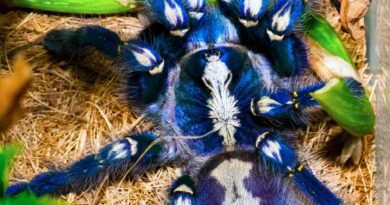The Clock Spider : Nature’s Hidden Timekeeper
Have you ever heard of the clock spider? While not a common household name, this fascinating arachnid offers a captivating glimpse into the world of spiders. With unique features and intriguing behaviors, the clock spider stands out in the arachnid family. But what exactly makes this spider so special? Let’s explore the details.
What is a Clock Spider?
The term “clock spider” might not be as widely recognized as others in the animal kingdom, yet it draws attention when spotted. Known for its distinctive physical appearance and mysterious habits, the clock spider has become an internet curiosity. But beyond its digital fame lies a creature rich in biological interest.
Taxonomy and Classification
Clock spiders belong to the order Araneae, which encompasses all true spiders. Within this broad group, the clock spider is part of the Sparassidae family, commonly known as huntsman spiders. Renowned for their speed and unique leg positioning, these spiders intrigue both scientists and laypeople alike. While not an officially recognized species, the term “clock spider” often refers to specific large spiders known for appearing unexpectedly, much like in viral internet images.
Physical Characteristics
When it comes to appearance, clock spiders are easily identified by their sizeable leg span that can reach up to 12 inches in some species. They display a range of colors, typically brown or gray, which helps them blend into their surroundings. Their bodies tend to be relatively flat, allowing them to hide in narrow spaces, like behind clocks or wall hangings, a likely origin of their casual name. Despite their intimidating size, their bite is usually harmless to humans.
Habitat and Distribution
Understanding where clock spiders dwell helps to appreciate their role in the ecosystem. These spiders are adaptable, surviving in various climates and environments.
Geographic Range
Clock spiders are predominantly found in warm climates across the globe. They thrive in regions like Southeast Asia, Africa, Australia, and parts of the Americas. In particular, countries like Australia have reported significant populations, a reason why they’re often depicted in images from this region.
Preferred Habitats
These arachnids prefer to inhabit places that offer plenty of hiding spots. Forested areas and grasslands provide ideal conditions due to abundant foliage and natural cover. However, clock spiders are also known to make themselves comfortable in human dwellings. They often hide behind furniture or wall fixtures, keeping their distance from humans while catching household pests.
Behavior and Diet
The behaviors and diet of clock spiders play crucial roles in their survival and interaction with their environment.
Hunting Techniques
Unlike web-weaving spiders, clock spiders rely on speed and agility to catch prey. Their long legs and swift movements allow them to ambush insects and other small creatures efficiently. They are adept hunters, often sitting in wait for unsuspecting prey before striking with precision. Their hunting technique does not involve spinning webs, making them unique among spiders.
Dietary Habits
The diet of a clock spider is as varied as its environmental range. They primarily feast on insects such as flies, moths, and cockroaches. This diet helps control pest populations, providing an ecological service often unnoticed by the casual observer. By maintaining insect balance, clock spiders contribute significantly to the health of their habitats.
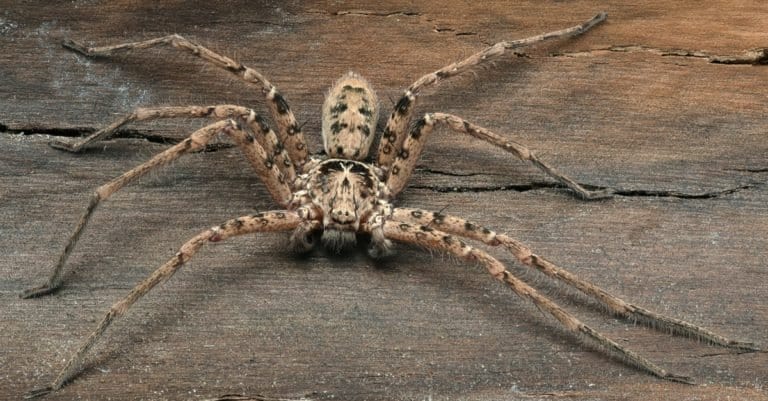
Reproduction and Life Cycle
Reproduction is a vital aspect of the clock spider’s life, marked by fascinating rituals and stages.
Mating Rituals
Clock spiders engage in complex mating dances to attract partners. Males often approach with caution, using vibrations and tapping signals to communicate. These behaviors minimize the risk of confrontation with females, who can sometimes be aggressive. Once mating is successful, females lay eggs protected within a silk sac, ensuring the young are safe until hatching.
Lifecycle Stages
The life cycle of clock spiders begins with eggs hatching into spiderlings. These young spiders remain close to the protection of the egg sac for a short time before venturing independently. As they grow, they molt multiple times, shedding their exoskeleton to accommodate their growing bodies. The entire process, from egg to adult, can take several months, influenced heavily by environmental conditions.
Conclusion
Clock spiders, with their impressive size and intriguing habits, remain a subject of fascination and study. Despite their fear-inducing appearance, these creatures are crucial players in their ecosystems, helping control pest populations and maintaining ecological balance. Whether encountered in the wild or urban settings, clock spiders remind us of the complexity and wonder of the natural world, where even the most unexpected creatures play significant roles. Next time you spot a clock spider, remember its hidden role in keeping nature’s time.
